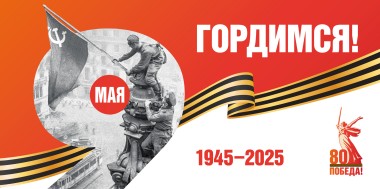The co-chairs of the Geneva International Discussions on Security in Transcaucasia, who arrived in Tskhinval on a working visit, visited the National Museum, accompanied by the Presidential Plenipotentiary Envoy for post-conflict settlement Murat Dzhioev.
Director of the museum Merab Zasseev last Tuesday introduced the guests to the culture and history of Ossetia, telling the guests about the origins of the ethnic group, the richest Scythian-Sarmatian-Alanian heritage.
In the course of communication with the guests was raised the question of losing one of the museum’s unique exhibits, the Byzantine three-part icon of the Nativity of the Virgin (Okonsky Triptych) of the 10th century. The guests were shown an entry in the archive book, in which it is indicated that the icon had been accepted by the Local Lore Museum of the South Ossetian Autonomous Region in 1924.
According to legend, an ivory icon was brought to South Ossetia in the 11th century by Alanian princes from Constantinople, and until 1991 it was on the territory of the Republic.
“In the difficult 90s not only the Okony Triptych disappeared from our museum but also a number of other valuable exhibits. Nevertheless, it is the icon that represents the greatest historical and cultural value. There are only three similar icons in the world. Fragments are available in the Metropolitan Museum in New York and in the Royal Museum of London, and we had a whole icon that is significant not only as a valuable historical artifact, a magnificent example of the iconography of that period, but also as a sacral symbol, a sign from the depths of the past, from ancient memory of our ancestors. The question of the return of the invaluable exhibit remains open. And the format of the Geneva discussions today remains the only platform where this topic is raised periodically at the international level. But, unfortunately, so far without result. It is necessary to take additional measures,” the Museum Director said.
The guests showed great interest in the content of the exhibits, especially the rich archaeological material, and thanked the museum staff for the interesting excursion.







